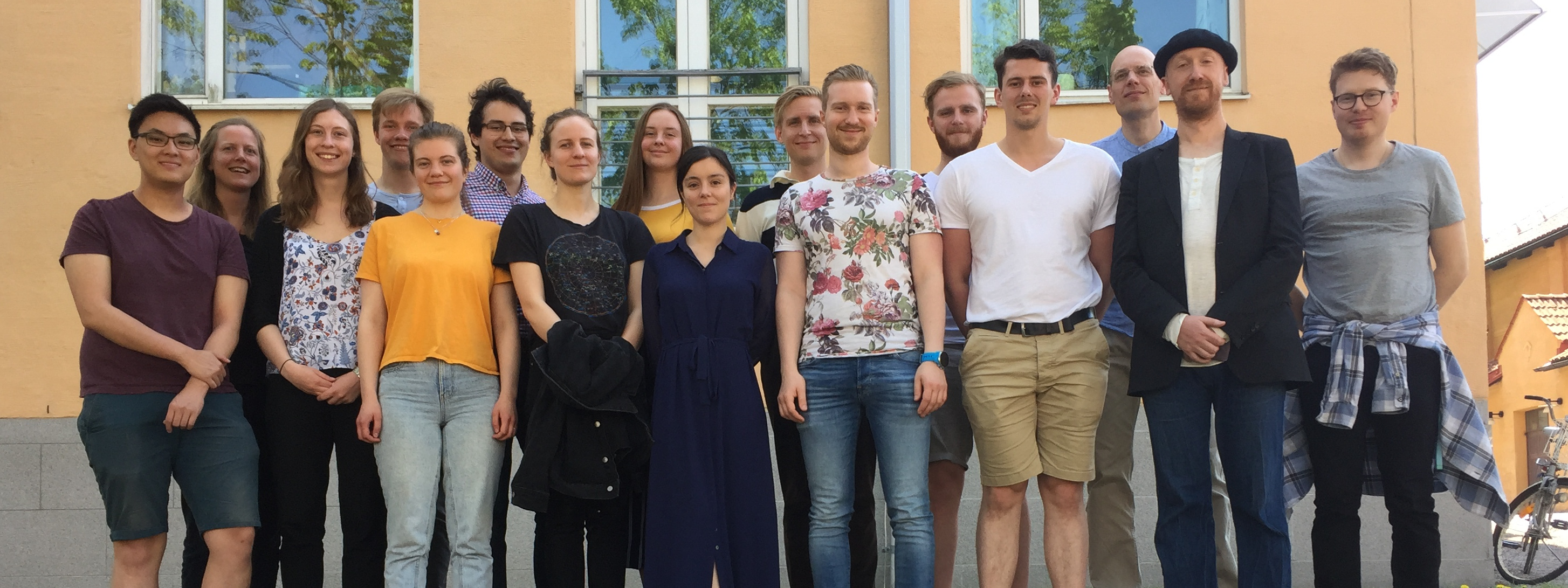In Linköping, we have a quite rare scientific conference: a conference that has been arranged for over 20 years exclusively by undergraduate students! This conference is called KVIT, and it is arranged by the students in the cognitive sciences programme. The overall focus of the conference is the fascinating mix that is cognitive science: neurophysiology, psychology, IT, artificial intelligence, decision-support, user-interfaces, etc. The specific theme of this year was “Quality of life”, and at this conference we had been invited to give an oral presentation. This presentation was a bit unique because it for the first time outlined some less known long-term plans of our group: to merge and extend our research on a multi-level systems-level understanding of the brain based on mathematical modelling, with fundamental research on the relationship between quantum mechanics and possibilities for free will, and with research on different states of consciousness, such as sleep, narcolepsy, and different types of meditation.
Abstract is appended below, and the entire programme and more information of the conference can be found at the conference home page.

Abstract
One of the big promises of the Information Age is that of systems medicine: that our rapidly growing biomedical datasets will be possible to analyze using
advanced mathematical models, to produce things like automated
diagnoses, personalized treatments, and an improved drug and medical
device development. In this talk, I will go through some recent
developments in this field, to show that this promise is not a
far-fetched, science fiction utopia, but a rapidly approaching reality.
Focusing essentially on my own research, I will show how such
mathematical models now can be used to e.g. replace test animals when
developing new treatments for diabetes, and be used to better unravel
the complexity of the human brain. Using such tools, we can therefore
start to obtain a new type of holistic understanding of the human
organism, into which peces of knowledge both can be examined more
correctly, and subsequently be integrated into a useful picture of the
whole. I will therefore end by a comparison of this increasingly
holistic understanding with such found in e.g. yoga traditions for
thousands of years. What are the similarities and differences, and what
will it take to one day merge such understandings?

